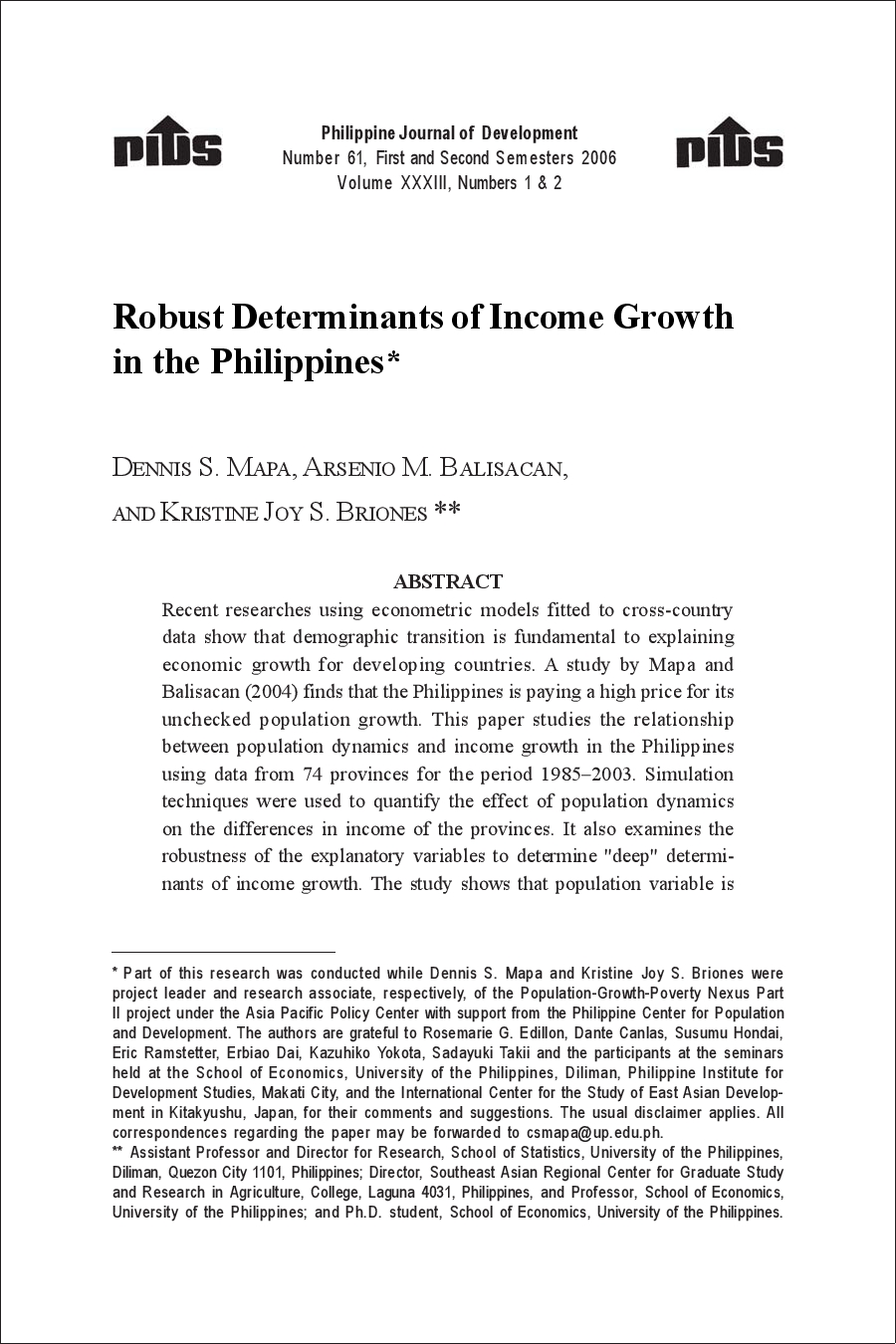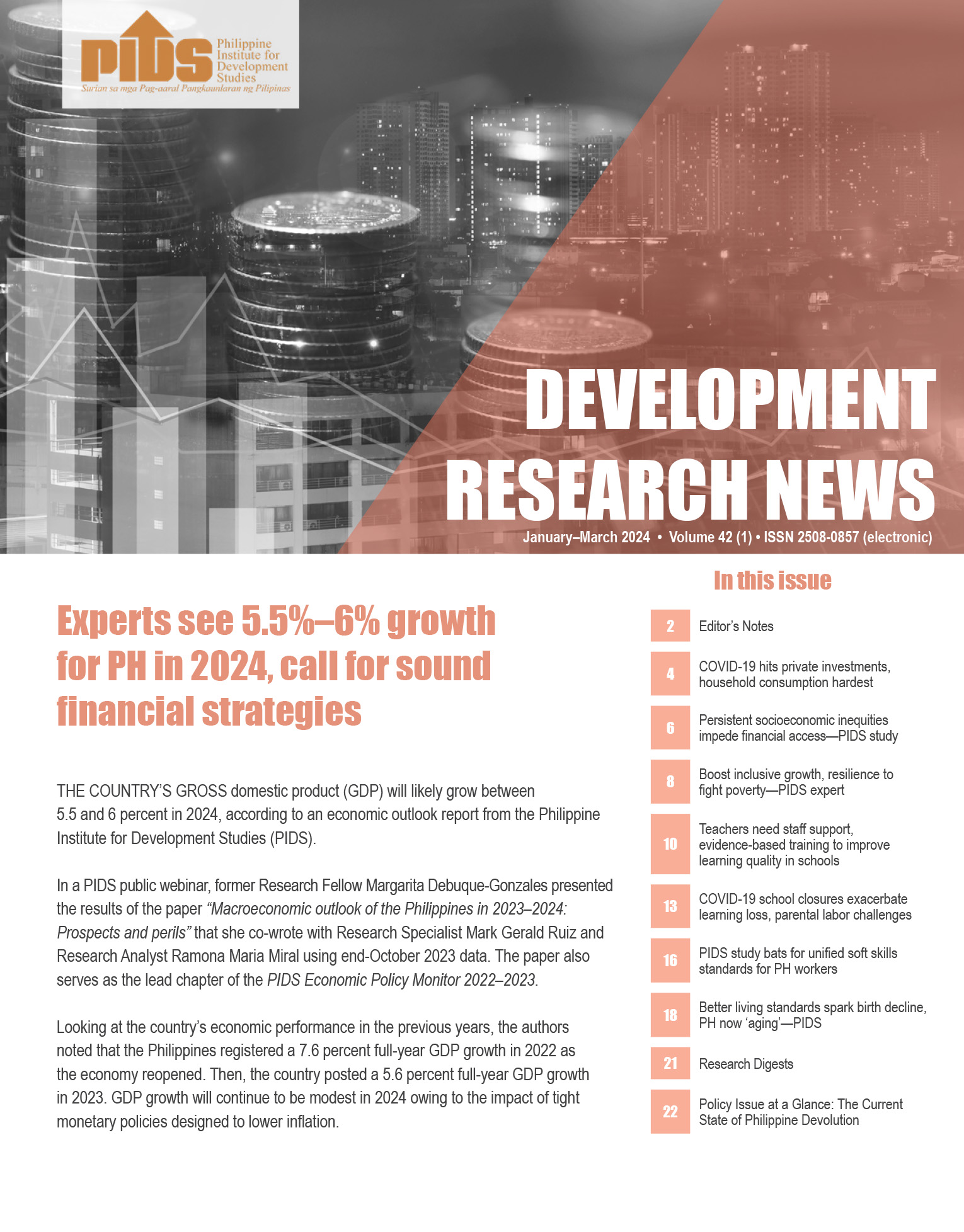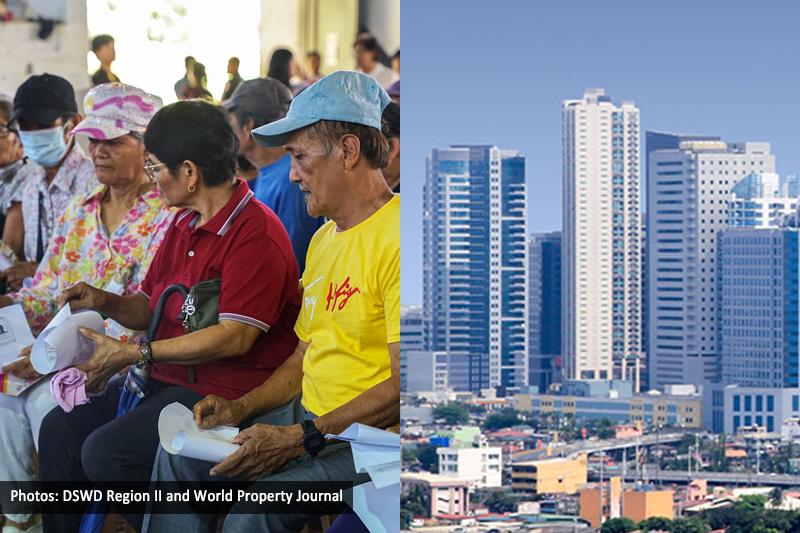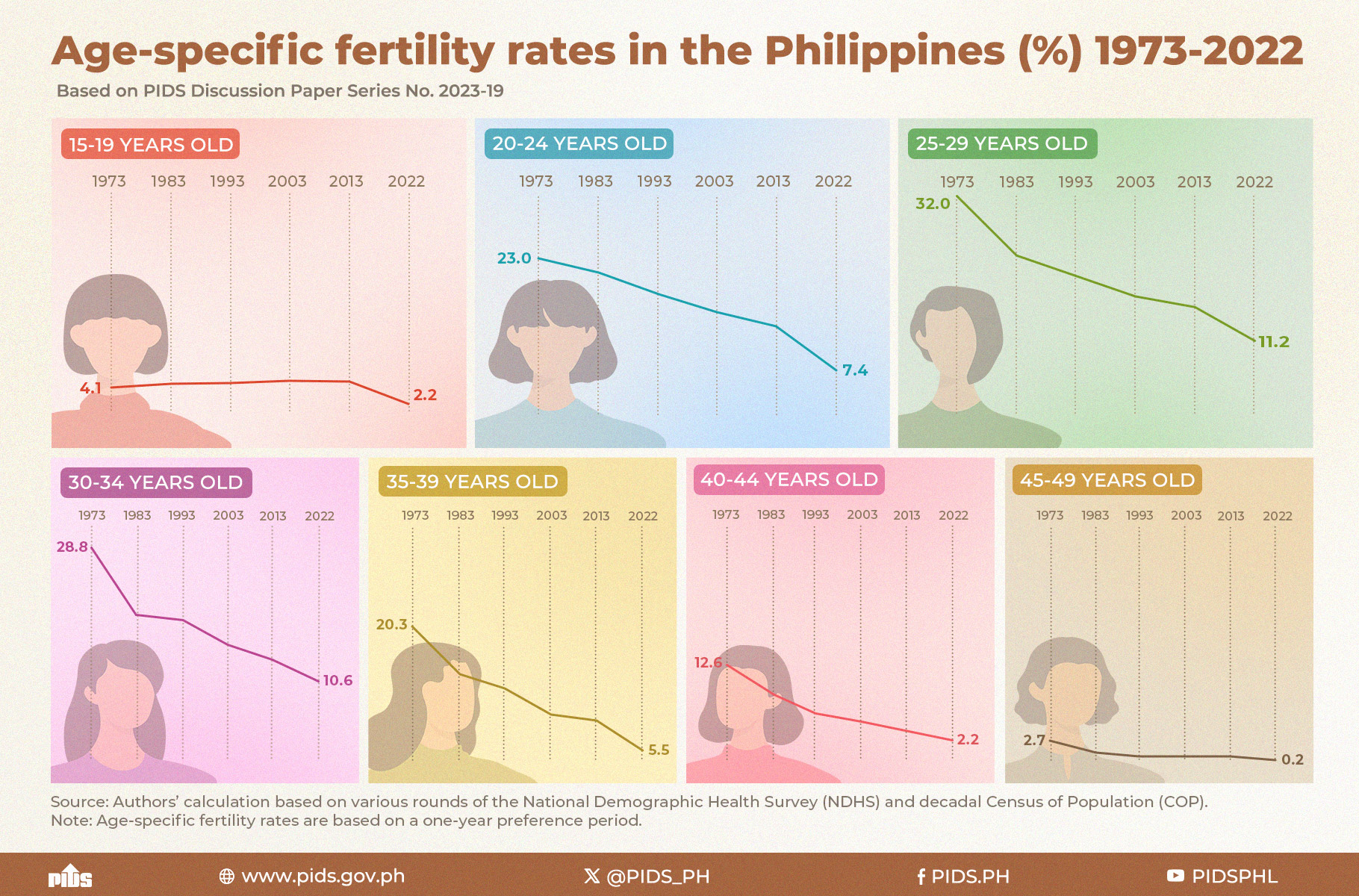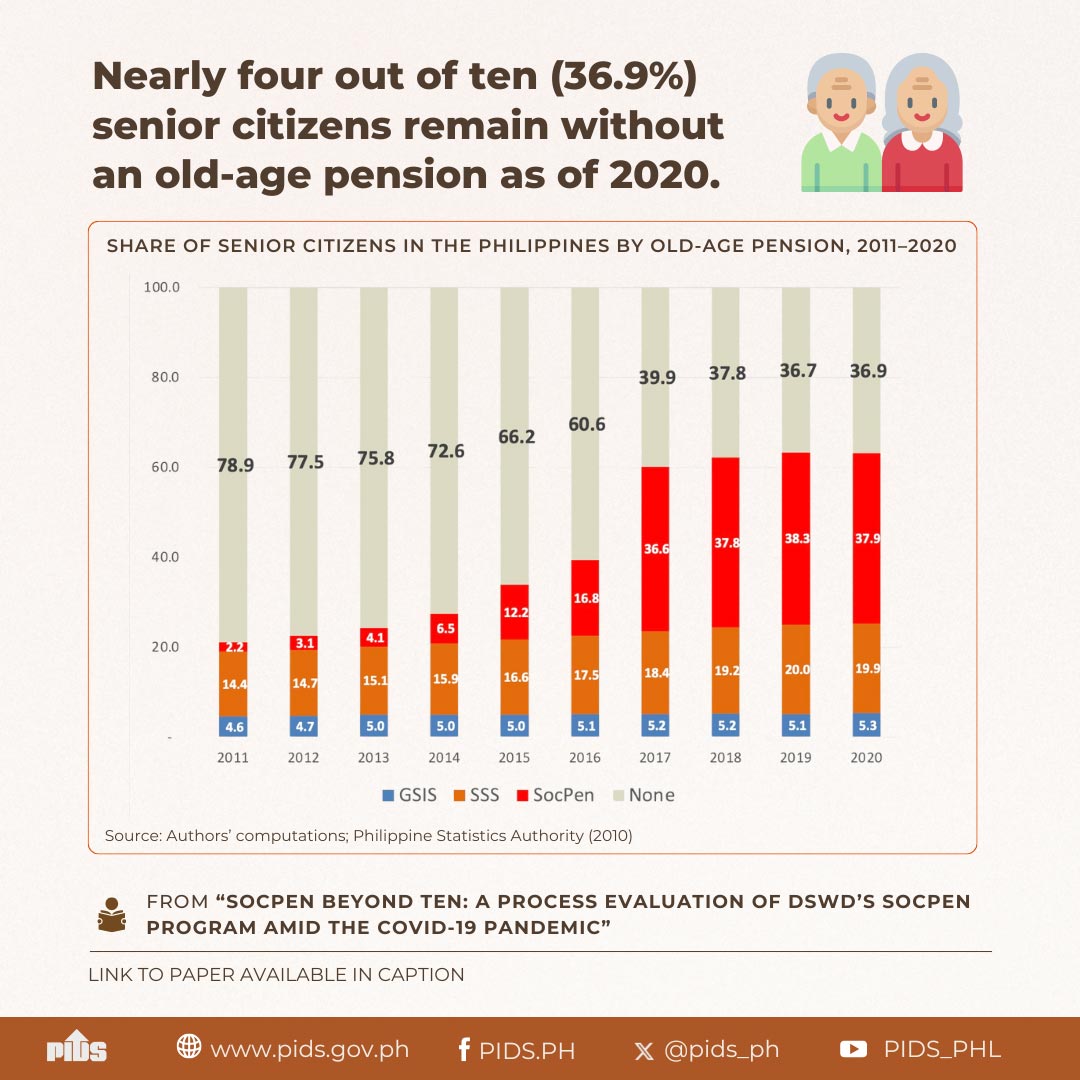This paper studies the relationship between population dynamics and income growth in the Philippines using data from 74 provinces for the period 1985-2003. Simulation techniques were used to quantify the effect of population dynamics on the differences in income of the provinces. It also examines the robustness of the explanatory variables to determine "deep" determinants of income growth. The study shows that population variable is robustly related with growth and while it is not the sole culprit for the dismal growth performance over the years, it shows that the opportunities associated with the demographic transition are real and can provide the stimulus needed by the country.
Citations
This publication has been cited 5 times
- Akita, Takahiro and Mark Saliganan Pagulayan. 2014. Structural changes and interregional income inequality in the Philippines, 1975–2009. Review of Urban & Regional Development Studies, 26, no. 2, 135-154. Wiley Blackwell.
- Akita, Takahiro and Mark Saliganan Pagulayan. 2013. Structural changes and interregional income inequality in the Philippines, 1975-2009. Working Papers EMS_2013_14. Research Institute, International University of Japan.
- Kravdal, Øystein and Ivy Kodzi. 2011. Children's stunting in sub-Saharan Africa: Is there an externality effect of high fertility?. Demographic Research, vol. 25, No. 18, 565-594 . Max Planck Institute for Demographic Research.
- Mapa, Dennis et. al. 2009. What really matters for income growth in the Philippines: Empirical evidence from provincial data. MPRA Paper 19449. University Library of Munich, Germany.
- Miral, Romulo Jr. E.M.. 2017. Federalism: Prospects for the Philippines. Discussion Papers DP 2017-29. Philippine Institute for Development Studies.

